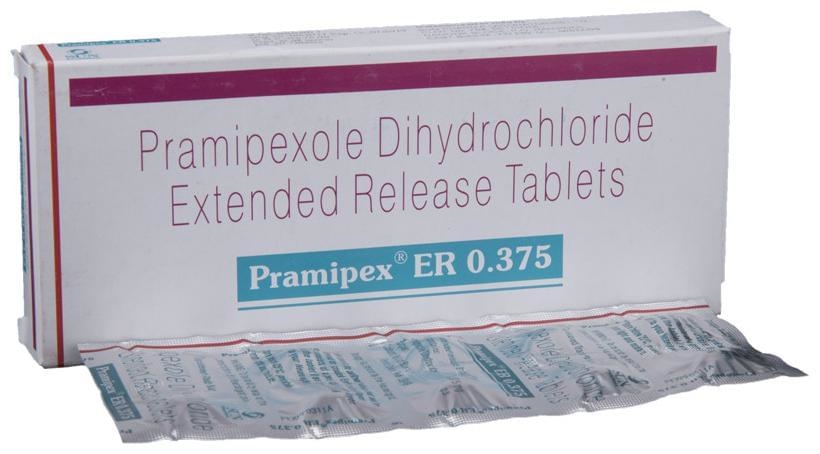Parkinson's disease
Parkinson’s disease is a progressive neurological disorder that affects movement and can cause a wide range of symptoms, including tremors, stiffness, and difficulty with balance and coordination. It is caused by the degeneration of dopamine-producing nerve cells in the brain, leading to a deficiency of dopamine, a neurotransmitter essential for normal movement.
Common medications for Parkinson’s disease aim to increase dopamine levels in the brain or mimic its effects. These medications can be categorized into the following types:
Levodopa (L-DOPA): Levodopa is a precursor to dopamine and is converted into dopamine in the brain. It is the most commonly prescribed medication for Parkinson’s disease and is often combined with a decarboxylase inhibitor, such as carbidopa, to reduce the side effects and increase the effectiveness of levodopa.
Dopamine Agonists: These medications mimic the effects of dopamine in the brain. Examples include pramipexole, ropinirole, and rotigotine. They are often used early in the course of the disease to delay the onset of levodopa treatment.
MAO-B Inhibitors: Monoamine oxidase-B (MAO-B) inhibitors prevent the breakdown of dopamine in the brain, thereby increasing its levels. Rasagiline and selegiline are examples of MAO-B inhibitors that can be used alone or in combination with other medications.
COMT Inhibitors: Catechol-O-methyltransferase (COMT) inhibitors prevent the breakdown of levodopa in the brain, allowing it to reach the dopamine receptors more effectively. Entacapone is a COMT inhibitor that is often used in combination with levodopa/carbidopa.
Anticholinergics and Amantadine: These medications can help to alleviate some of the motor symptoms of Parkinson’s disease, such as tremor and rigidity. Anticholinergics, such as trihexyphenidyl and benztropine, block the action of acetylcholine, a neurotransmitter that can worsen Parkinson’s symptoms. Amantadine, an antiviral medication, can also improve motor function and reduce symptoms such as tremor and stiffness.
Consult with a healthcare professional to determine the most appropriate treatment plan for each individual with Parkinson’s disease, as the effectiveness and tolerability of medications can vary. Regular follow-up and adjustments to the treatment plan may be necessary to manage symptoms and maintain the best possible quality of life.

Showing 1–12 of 320 results




















